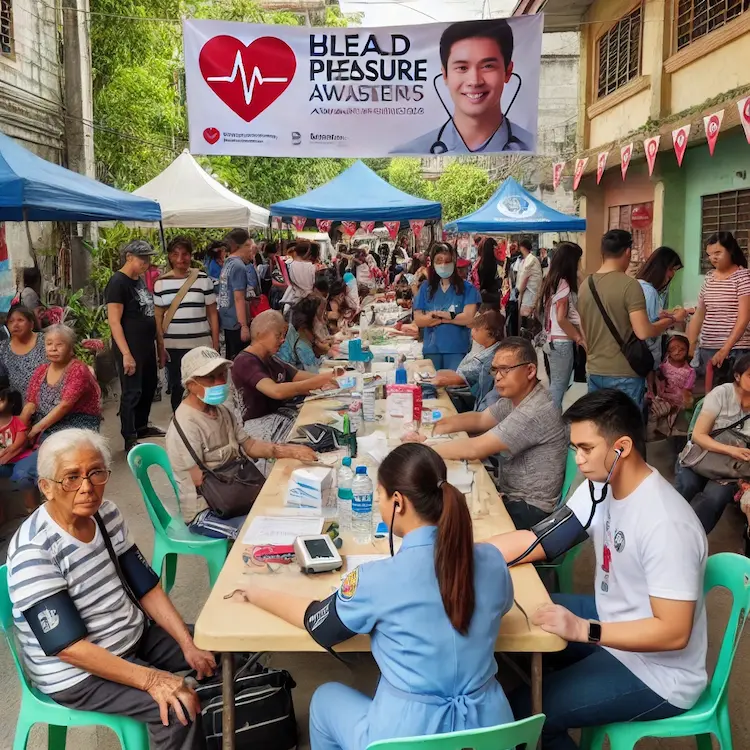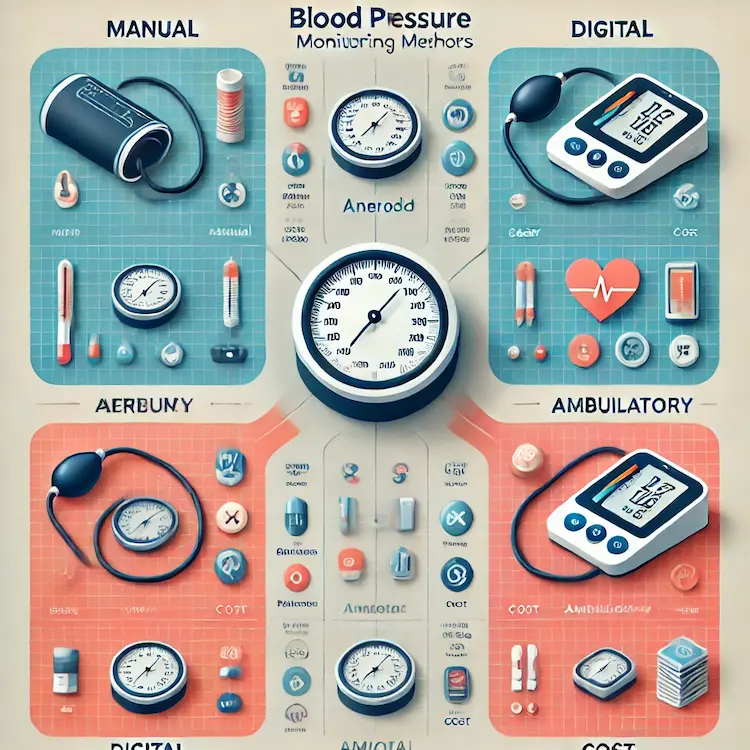blood pressure monitoring in heart attack plays a vital role in preventing. It helps detect hypertension early, allowing individuals to take preventive measures before complications arise. The term “sphyg” refers to the sphygmomanometer, a device used to measure blood pressure. Regular monitoring is essential for maintaining cardiovascular health, particularly in the Philippines, where heart disease remains the leading cause of death.
In this article, we will explore the importance of blood pressure monitoring, different methods available, their accuracy and effectiveness, and practical advice for maintaining heart health. We will also examine statistical trends in the Philippines and discuss how cultural and economic factors influence the adoption of blood pressure monitoring.
Hypertension, often referred to as the “silent killer,” usually has no noticeable symptoms until severe complications, such as heart attacks or strokes, occur. Regular blood pressure checks are crucial in detecting early signs of high blood pressure and implementing lifestyle changes or treatments to reduce risks.
In the Philippines, hypertension prevalence has increased over the years, driven by dietary habits, sedentary lifestyles, and economic constraints. According to the Department of Health (DOH), about 37% of adult Filipinos suffer from hypertension, but only 50% of them are aware of their condition. This lack of awareness emphasizes the need for accessible blood pressure monitoring solutions.

Given these challenges, blood pressure monitoring at home is essential to track fluctuations and detect problems early.
There are several methods for measuring blood pressure, each with its advantages and limitations. Below is a comparison of the most commonly used techniques:
| Method | Accuracy | Ease of Use | Cost | Best for |
|---|---|---|---|---|
| Manual Sphygmomanometers (Mercury & Aneroid) | Highly accurate (gold standard) | Requires training | Affordable | Healthcare professionals |
| Digital Blood Pressure Monitors | Moderately accurate | Easy to use at home | Moderate to high | General users |
| Ambulatory Blood Pressure Monitoring (ABPM) | Most accurate (24-hour readings) | Worn continuously | Expensive | Patients with fluctuating BP |
| Home Blood Pressure Monitoring (HBPM) | Reliable with proper use | Easy to use at home | Affordable | People managing hypertension |
Among these options, digital blood pressure monitors are widely used due to their convenience and affordability. However, ABPM is recommended for individuals needing precise measurements over 24 hours.
For reliable blood pressure readings, follow these best practices:
Measure at the same time daily – Ideally in the morning and evening.
Sit properly – Keep your back supported, feet flat, and arm at heart level.
Avoid caffeine, smoking, or exercise 30 minutes before measuring.
Use the correct cuff size – A wrong-sized cuff can cause inaccurate readings.
Take multiple readings – Wait at least one minute between readings and average the results.
These small adjustments can significantly improve accuracy, ensuring that any necessary interventions are based on reliable data.

Efforts are being made to address these issues through public health programs and community awareness campaigns.
blood pressure monitoring in heart attack is a crucial step in preventing heart attacks. It helps detect hypertension early, allowing individuals to take necessary precautions. With the rising prevalence of high blood pressure in the Philippines, it is more important than ever to promote awareness and accessibility to monitoring devices.
By choosing the right blood pressure monitoring method, maintaining a healthy lifestyle, and following best practices, individuals can effectively reduce their risk of cardiovascular diseases.